Hello dear readers,
Given that Tokyo Ghoul is not the most recent manga, and that a lot of the terms and world elements are not really self-explanatory, I thought it would be a good idea to have a little refresher on the context of the novel; both chronologically and in terms of the world building. This will also let people who haven’t read Tokyo Ghoul read this novel if they want, so I’ve done my best to summarise the important stuff.
If you have any unanswered questions (or if I’ve summarised it really badly) I would recommend the Tokyo Ghoul wiki (https://tokyoghoul.fandom.com/wiki/Tokyo) as it has comprehensive summaries for most terms and world elements in the original manga.
Ghouls are a species that appear identical to humans at first glance, but are sort of like predators evolved to hide among their prey. Ghouls possess enhanced strength, senses and regenerative abilities. The degree to which these features are enhanced varies between individuals, with some ghouls capable of a radar-like hearing and others with extremely sensitive noses. Ghouls are also physically resilient, with skin that can’t be pierced through conventional means.
In terms of biological differences, ghouls need to consume humans to survive. Basically, any part of the human body is sustenance for them and they can get sick if they digest human food. Coffee and humans are the only things that taste good to them, and everything else tastes really bad to a ghoul. Ghouls eat human flesh and are sustained by it because it contains a lot of Rc cells (more explanation on that later), and on the outside ghouls are visibly recognizable by two characteristics: kagune and kakugan.
Kakugan are basically the eyes of a ghoul, and though they can be made to appear like normal human eyes under most circumstances they can also ‘darken’; the sclera becomes black and the iris becomes red, regardless of original eye colour. This can occur voluntarily, darkening the eyes to prove their identity as a ghoul or to intimidate someone, or involuntarily if they are very hungry or actively using a lot of Rc.
Kagune are the hunting appendages of ghouls, produced by an organ in the back called the kakuhou. Like many of the ghouls’ physiological advantages, the kagune is created using Rc cells. The type of kagune formed by a ghoul depends on their Rc cell type; Ukaku, Koukaku, Rinkaku and Koukaku.
Each ghoul has one of these four Rc types, determined by their parent’s Rc type. Each ghoul has at least one kakuhou to produce their kagune with, but the number can vary and some ghouls can have as many as eight to ten kakuhou. The characteristics of each kagune type follow a general trend, but there is variability between individuals. Kagune size and strength depends on the Rc cell capacity of the individual, with shape and complexity based on the intelligence and imagination of the user.
The kagune types can be roughly translated into red wing (ukaku), red shell (koukaku) red scale (rinkaku) and red tail (bikaku). Ukaku users tend to have kakuhou near their shoulder blades, and the high release rate of Rc cells generally means that the ghoul is quite quick and agile. Ukaku tend to take the appearance of wings and feathers, which are flexible and can be used in short range as blades, but most ukaku users fight from long range by crystallizing their kagune into spikes that can be fired as projectiles. Exceptionally powerful ukaku users are capable of producing heat, flames and lightning. However, due to the high release rate of Rc cells ukaku ghouls tend to have low stamina and are countered by koukaku.
Koukaku users tend to have their kakuhou under the shoulder blades, and the high density of Rc cells usually leads to a very heavy and durable kagune that makes the ghoul good at defence. The kagune can be formed into weapons like blades, hammers, lances, etc. and the user usually engages in close combat due to their armour/shield like capabilities. However, the high Rc cell density makes the kagune very heavy and the users tend to be quite slow as a result and are countered by Rinkaku.
Rinkaku users tend to have their kakuhou in the lower back and waist area, the Rc cells able to easily binding together and resulting in powerful regenerative capabilities in the ghoul. Usually taking the form of scaled tentacles with medium range capability, the unique structure grants great striking force and allows for more precise and complex manipulation of kagune shape into blades or claws. However, the bond strength of the cells is quite low and so the kagune is softer and easier to break. This allows them to be countered by bikaku, which have higher speed and durability.
Bikaku users tend to have their kakuhou at the tail bone/coccyx area, with no notable inherent strengths or weaknesses. Usually taking the form of a tail with medium range capability, the respectable defense, offense and speed ability of ghouls makes them something of an all-rounder. However, because their regeneration and speed are fairly average they can be countered by ukaku.
Some ghouls can be born with two different kagune types, and are called Chimaeras. This occurs when the parents of the ghoul have two different kagune types, and in rare cases the child is able to inherit both types of kagune.
Quinques are weapons created using a ghoul kakuhou, resulting in a weapon that can harm ghouls. These usually take forms and abilities related to the kagune it was created from, e.g. an ukaku quinque may be able to fire spikes from long range. However, unlike a kagune, when a quinque is destroyed it cannot recover naturally; it must be repaired at a lab.
The Comission of Counter Ghoul, or CCG, trains investigators that wear white coats and use quinques to fight ghouls. They are referred to by ghouls as Doves, and to hide their human identities ghouls will usually wear masks. These masks usually have significance to the owner and influence the alias assigned by the CCG, e.g. a ghoul with a hockey mask may be called Jason if the CCG does not know their true identity.
The protagonist of the original Manga, Kaneki Ken, created an organization to rival the CCG called Goat (in reference to an in-universe book) that serves as the ghoul equivalent of the CCG, representing ghouls in legal matters and their interests as a group.
Chronologically, this story takes place about 1.5 years after the Dragon War. This means that it takes place 4.5 years before the final chapter of the Manga showing the peace achieved in Tokyo by the Tokyo Security Committee.
Thanks for taking the time to read (sorry about the odd flow, and the length), please enjoy!

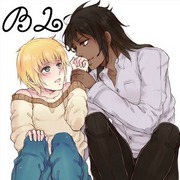
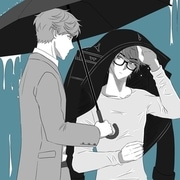
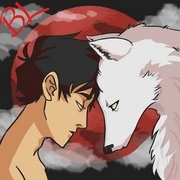
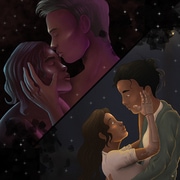
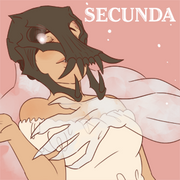
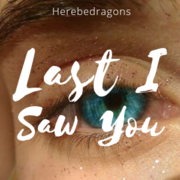
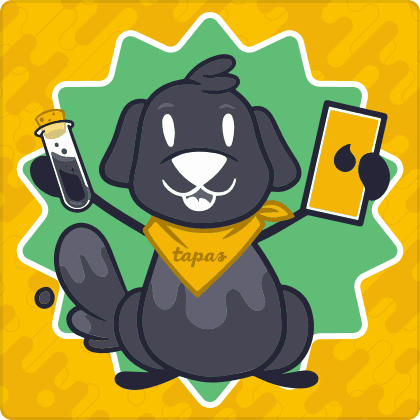
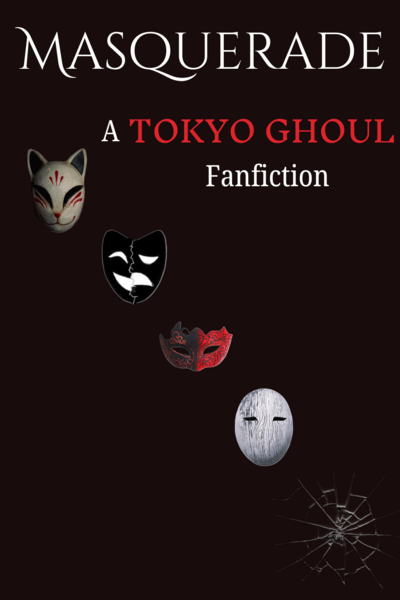
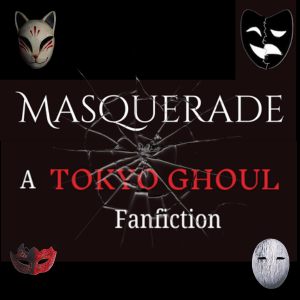
Comments (0)
See all